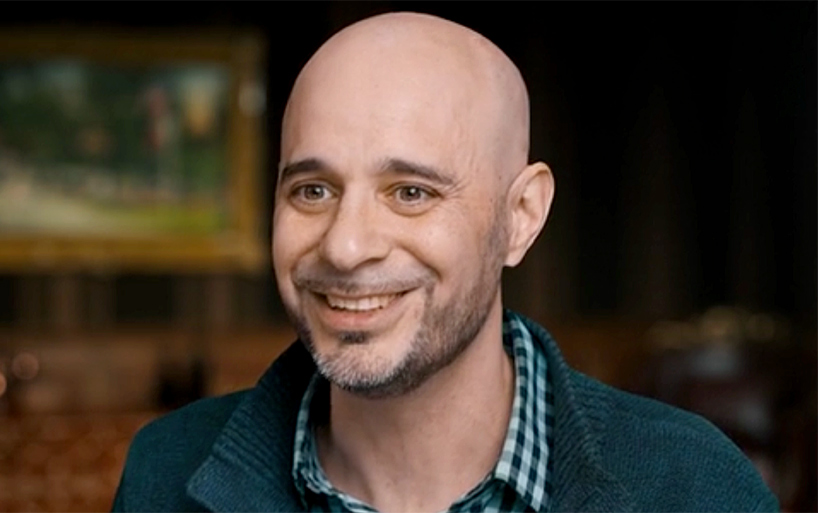Roslyn Estates officials are weighing two major issues affecting local residents: a proposed expansion of the village’s volunteer firefighter pension program and a controversial construction project by the Roslyn Water District on Diana’s Trail that has drawn community concern.
During the Monday night, July 21, village board meeting, the board discussed a recommendation from Penflex, an advisory firm that manages Length of Service Award Programs for volunteer emergency responders across New York State. The LOSAP, comparable to a pension, was authorized by state law in the 1990s to help recruit and retain volunteer firefighters and EMS personnel.
Currently, most municipalities—including Roslyn Estates and seven neighboring villages—offer a monthly retirement benefit of $20 per year of credited service, capped at a certain number of years. Penflex is urging municipalities to consider increasing that amount to the maximum allowed under state law, $30 or $40 per year, to better incentivize long-term volunteerism as departments face a growing recruitment crisis.
“This is a real issue across the state,” said Trustee Brett Auerbach. “People aren’t volunteering like they used to. There needs to be an incentive that reflects the time and sacrifice these firefighters make.”
Any change to the LOSAP benefit must be approved by voters via referendum. The board expressed support for initiating the process, though no formal vote was held. A resolution to communicate that support was introduced and passed unanimously.
The board also will hold a public hearing at their next meeting to discuss a proposed local law that someone who wishes to deliver written notice of defect in a road, sign or other dangerous condition must do so in a written letter delivered to the village that must be signed.
Meanwhile, concerns over another matter dominated the meeting: the Roslyn Water District’s plan to excavate and construct a new treatment facility near the water well on Diana’s Trail. The project, aimed at removing PFAS, or “forever chemicals,” from the drinking water, involves removing 20 feet of soil, installing large retaining walls and clear-cutting trees to level the site with the street, raising alarm among nearby homeowners.
Mayor Adam Koblenz and Auerbach said the village has no legal jurisdiction over the water district, which is governed by a separate elected board. However, officials have met with water district representatives and urged them to be more transparent and responsive to local concerns.
“They’re building a fake house around industrial treatment equipment, and they didn’t even send out notice to residents,” said Auerbach. “We only found out because we saw something buried in a regular update.”
Residents questioned the environmental, structural, and aesthetic impacts, including possible damage to nearby pools and foundations during excavation, noise from equipment, and the loss of trees. Several suggested circulating a petition or even pursuing legal action.
Village attorney Chris Prior cautioned that while a lawsuit could draw attention, it would likely be unsuccessful and costly.
“This is a government project with a public health mandate. The courts aren’t likely to stop it,” said Prior. “But diplomacy and community pressure may get us the concessions we want.”
Koblenz said they will continue pushing for better communication and resident input, including on landscaping, privacy screening, and project staging. They plan to publicize Water District meeting dates and are considering hosting town halls to inform and organize concerned neighbors.
“This isn’t about stopping a necessary public health project,” Auerbach said. “It’s about making sure it’s done with respect for the people who live next to it.”


































